Spinneybeck Celebrates Erwin Hauer by Revitalizing Design 406
Symmetry, a concept found inextricably throughout nature, is something our brains are hardwired to perceive. Expert pattern seekers, we are drawn to repetitive noises, colors, and movements as physically calming or perhaps cathartic. Austrian-born sculptor Erwin Hauer knew this to be true, and devoted his life to the pursuit of symmetry. He is known for his seminal work in Modular Constructivism, a movement characterized by repetitious surfaces made of carefully constructed modules, usually organic in form. Spinneybeck has translated a familiar Hauer creation, Design 406, into a modern classic wall system.
Starting his career in the 1950s in Vienna installing light diffusing panels in churches, Hauer soon patented his designs and won a Fulbright Scholarship for his contemporary and innovative work. Moving to the United States in 1955 to continue his work, he studied at the Rhode Island School of Design, until he was invited by Josef Albers to join the faculty at Yale. In 2004, Princeton Architectural Press published Erwin Hauer: Continua, Architectural Screens, and Walls, which renewed interest in the repetitive screens. About a year before this publication, the sculptor joined forced with former student Enrique Rosado to form Erwin Hauer Studios, and produce some of his earlier designs.
Over the next 15 years, they produced a number of these screens, which can be found at iconic buildings like the Boston Museum, the Standard Hotel in New York City, the World Bank in Washington D.C., and countless private homes across the world.
In 2020, Spinneybeck and FilzFelt worked with Erwin Hauer Studios to revitalize a crowd favorite – Design 406 – as hanging panels. Now, they’re turning Design 406 into carved wall panels. With natural materials at the nexus of this reimagining, this wallcovering is now available in five wood species, with options for paint or leather upholstery. The magic of the modular system is immediately recognizable, creating one seamless plane that is harmonious and calming to perceive.
The screens have a hypnotic quality to them, seeming to go on to infinity. Combining compound curves with the regularity of modular design, the panels start to take on a bone-like quality, the eye skipping organically and rhythmically to the next module.
Roger Fiedler of Art Review Magazine writes: “Hauer’s work, beginning in 1950, entails elements of infinity, continuity, and periodic repetition. This reiteration is strongly present in Baroque music, where we often find ongoing continua, totally repetitive, and then the theme music emerges and interweaves with the framework of the continuum. Asserting that music has always been his main inspiration, Hauer says the shapes within his continua need to be akin to ‘cantabile,’ like theme melodies.”
Design 406 is available in Douglas Fir, Maple, Sapele, Walnut, and White Oak, with the option to add color via paint or upholstered in one of Spinneybeck’s leathers. Visit spinneybeck.com for more details.
from Design MilkInterior Design Ideas for Your Modern Home | Design Milk https://ift.tt/Ox4pdkP
via Design Milk
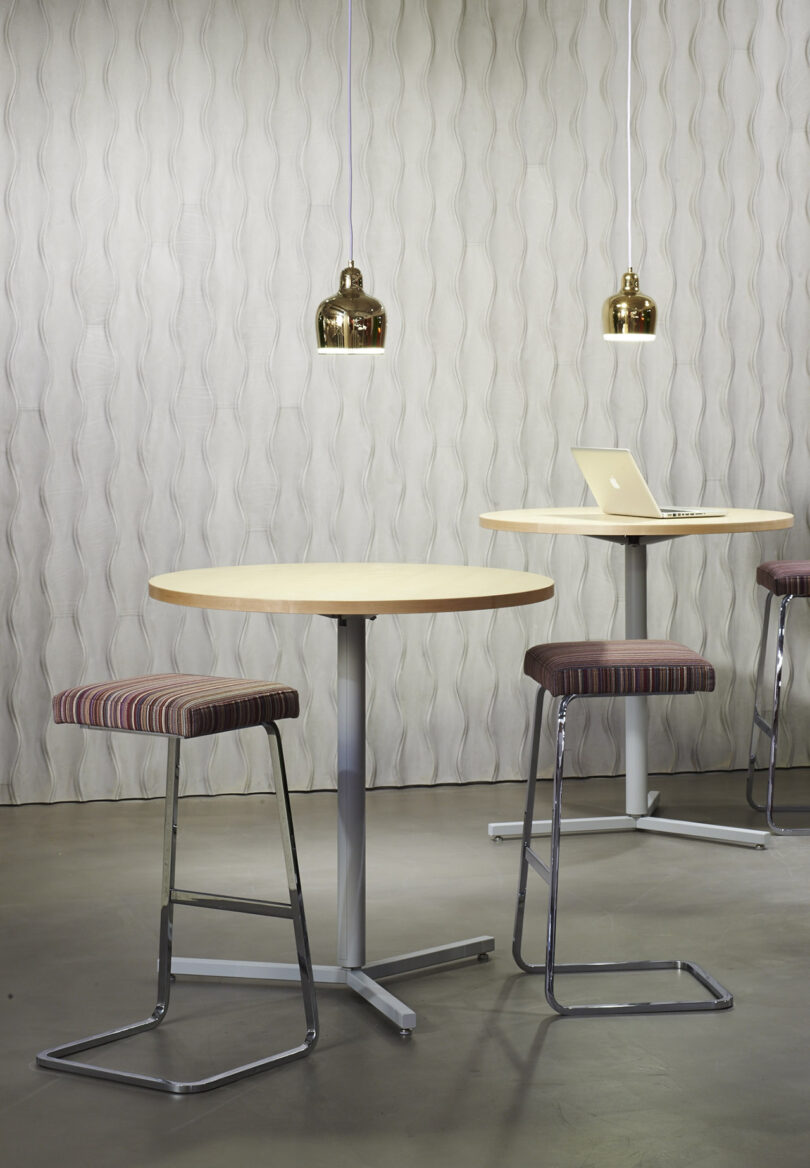
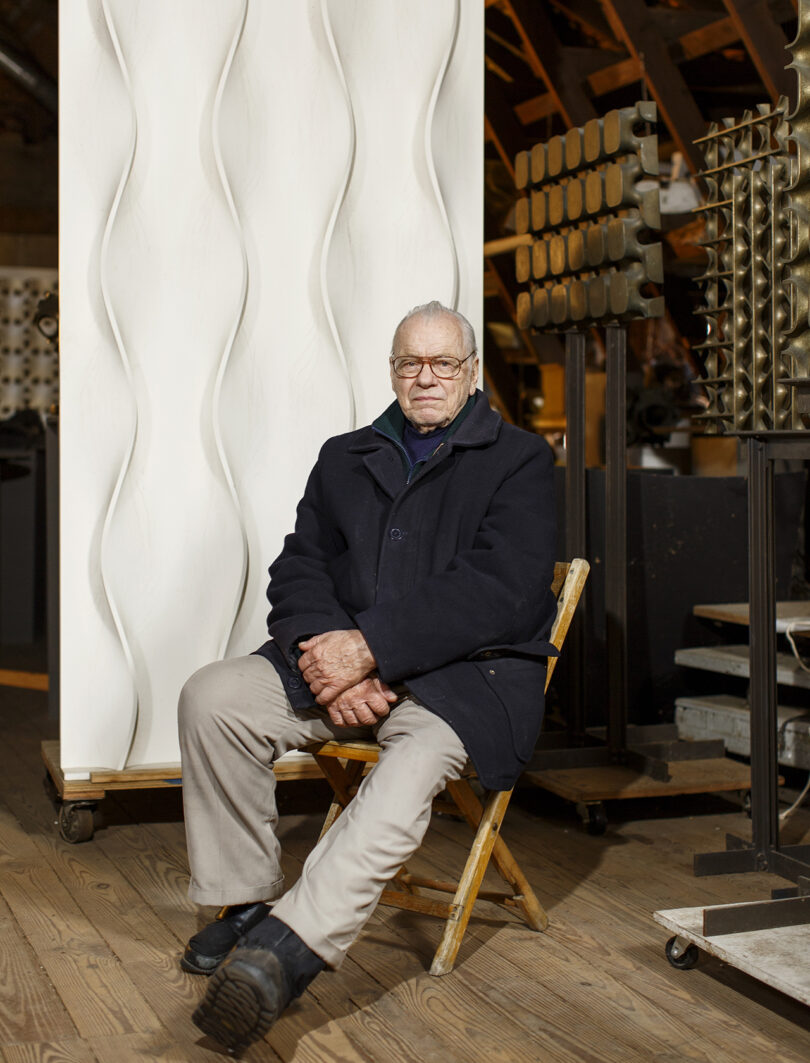
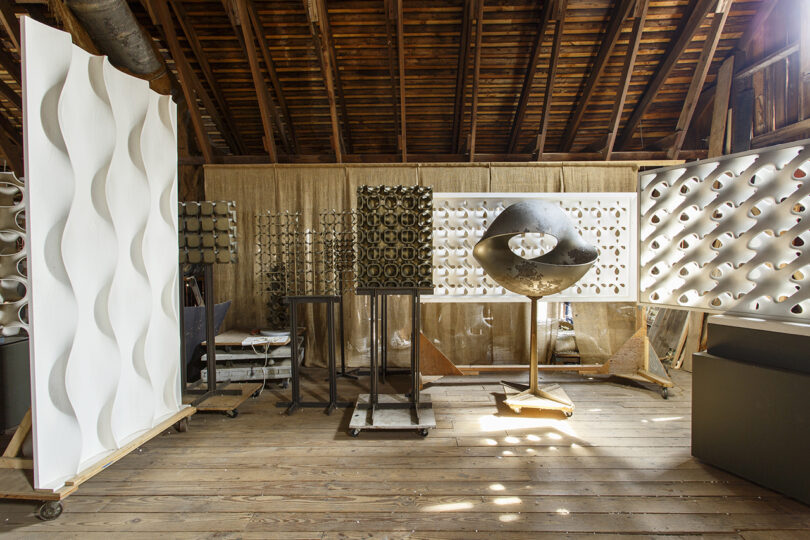
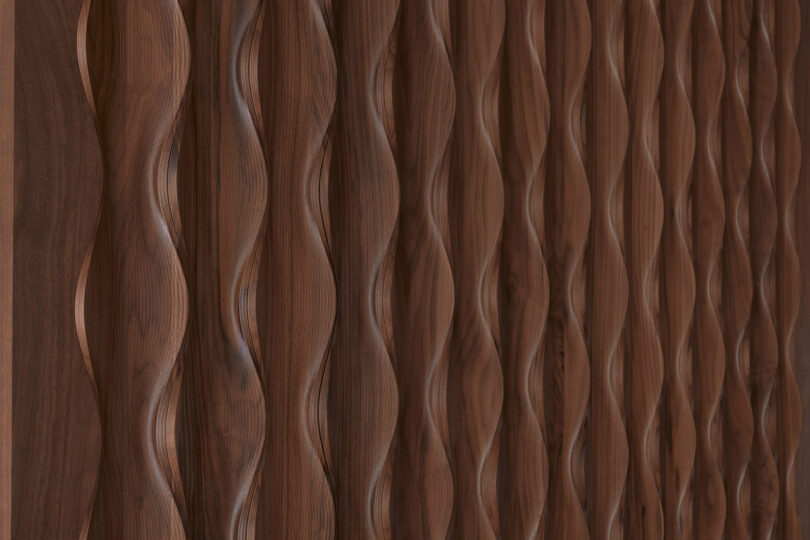
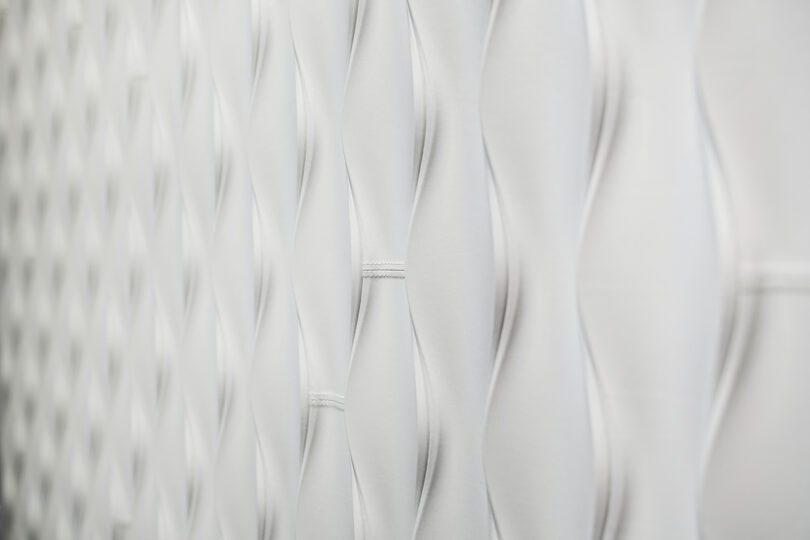
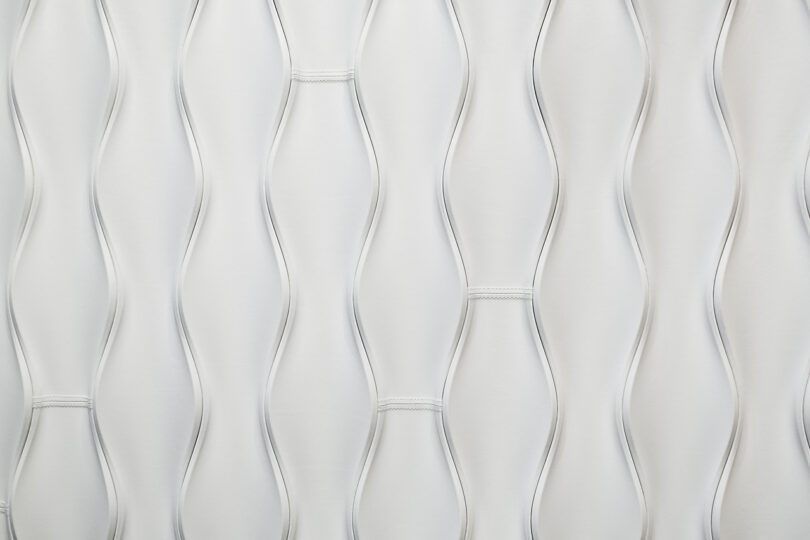
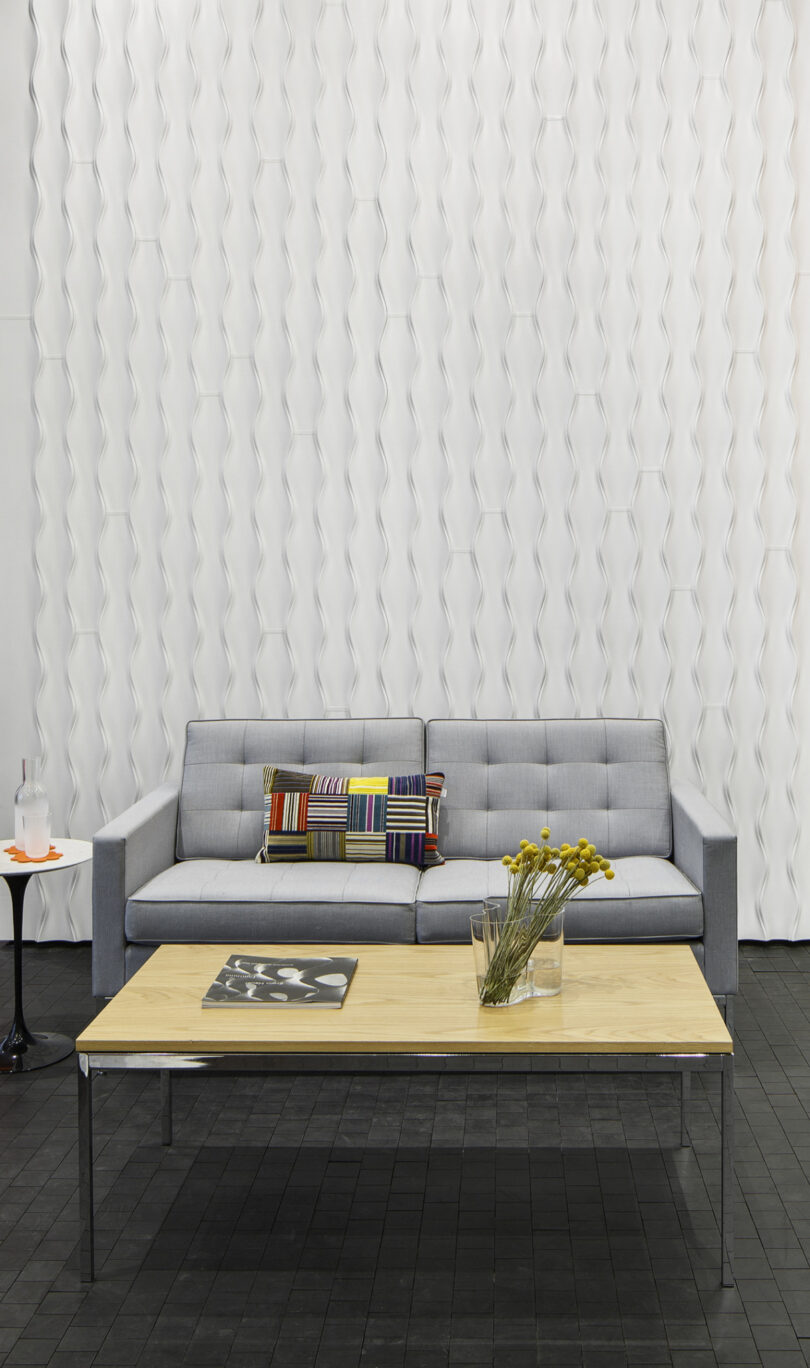
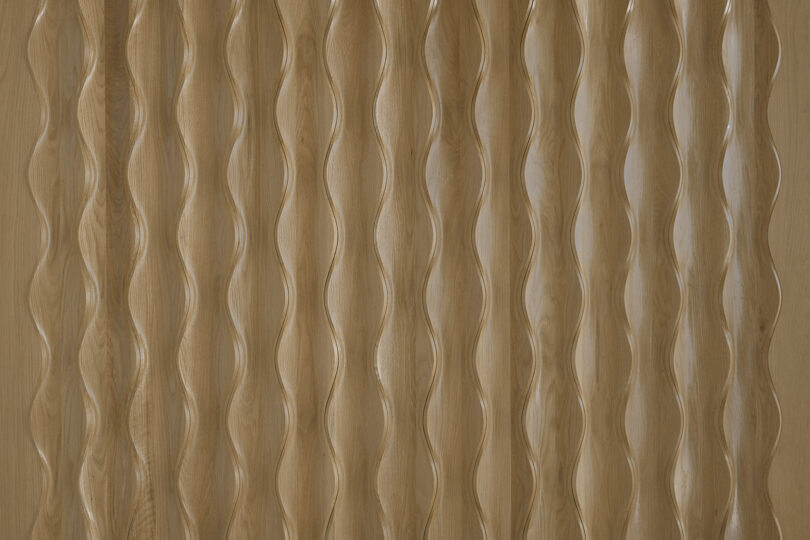
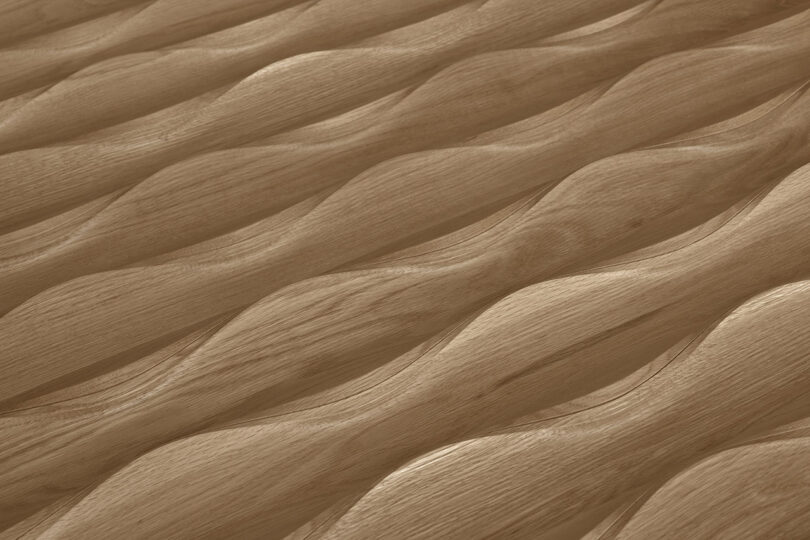

No comments